| Plant Habit: | Herb/Forb |
| Life cycle: | Perennial |
| Sun Requirements: | Full Sun to Partial Shade Partial or Dappled Shade Partial Shade to Full Shade Full Shade |
| Water Preferences: | Wet Wet Mesic Mesic Dry Mesic Dry |
| Minimum cold hardiness: | Zone 3 -40 °C (-40 °F) to -37.2 °C (-35) |
| Maximum recommended zone: | Zone 8b |
| Plant Height: | 3-6 feet (100-200 cm) |
| Plant Spread: | 3 feet (100 cm) |
| Leaves: | Good fall color Unusual foliage color |
| Flowers: | Showy |
| Flower Color: | White Other: near white |
| Flower Time: | Late spring or early summer Summer |
| Underground structures: | Rhizome |
| Uses: | Windbreak or Hedge Medicinal Herb Cut Flower Will Naturalize |
| Wildlife Attractant: | Bees Butterflies |
| Resistances: | Deer Resistant Rabbit Resistant |
| Propagation: Seeds: | Self fertile Stratify seeds: 8 weeks if you sow indoors Depth to plant seed: cover the seeds thin Suitable for wintersowing Sow in situ Start indoors Can handle transplanting Other info: GA3 speeds indoor germination without chilling |
| Pollinators: | Various insects |
| Miscellaneous: | Dioecious |
| Awards and Recognitions: | RHS AGM |
| Conservation status: | Least Concern (LC) |
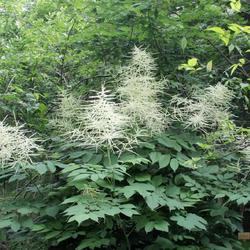

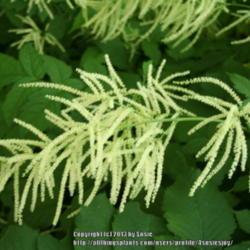


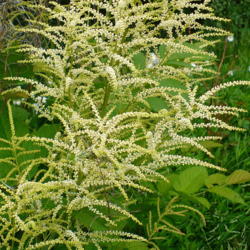
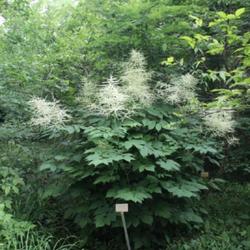



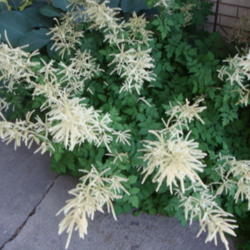
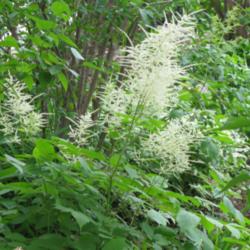
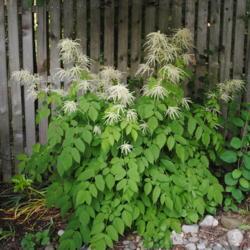
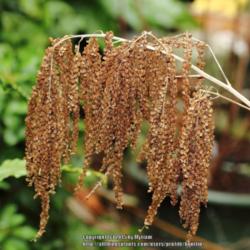

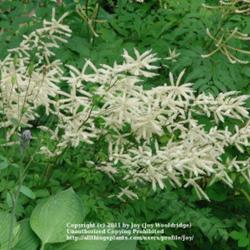
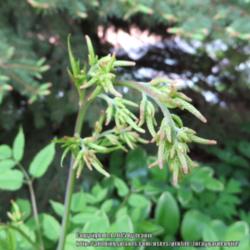
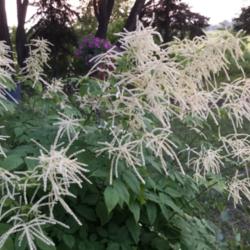

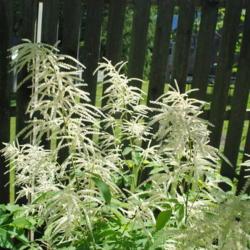

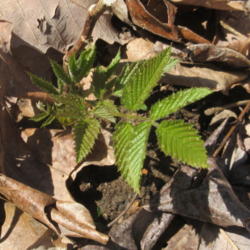
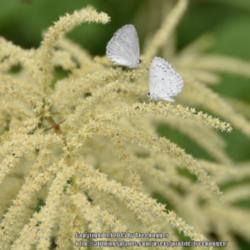
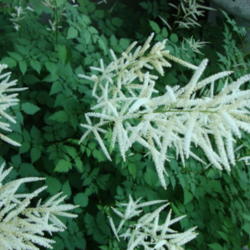


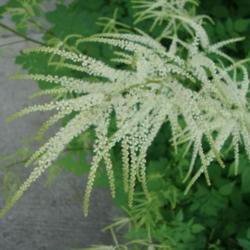
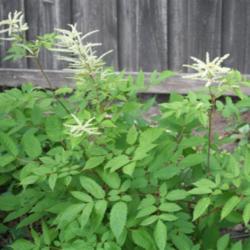
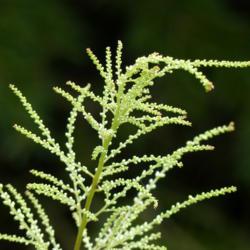
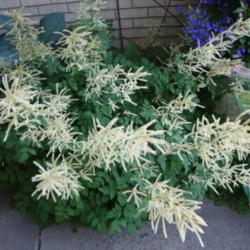
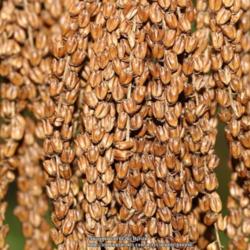

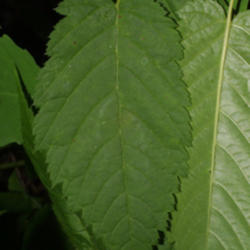
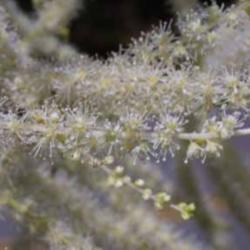
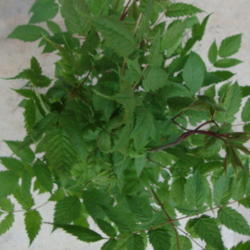


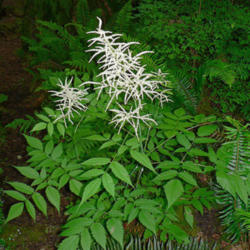




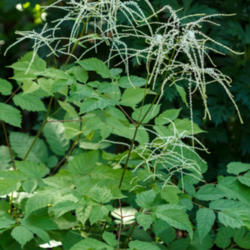

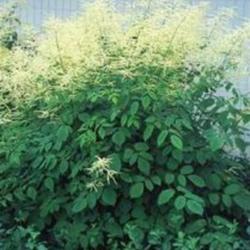
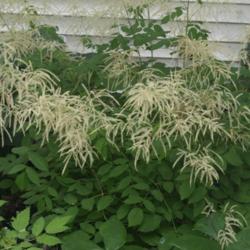




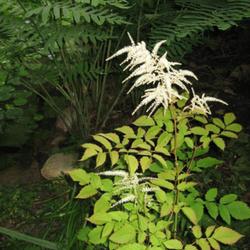
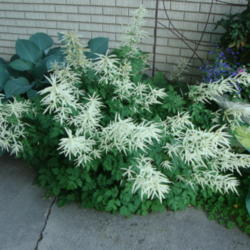
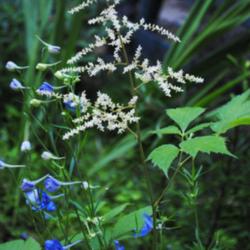
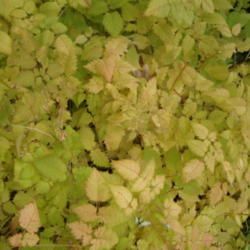

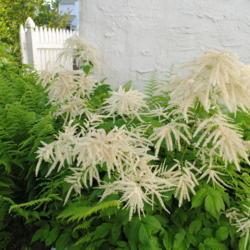
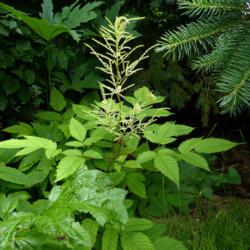

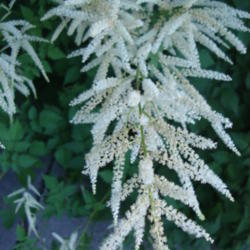
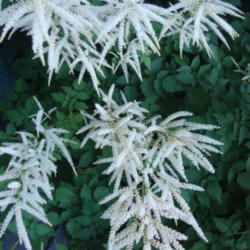
| jerseyridgearts | On June 1, 2014 | Plant Ended (Removed, Died, Discarded, etc) no sign of it |
| christine2 | On May 1, 2008 | Obtained plant |
| MissMew | On September 18, 2017 | Obtained plant Suzanne - Sheridan - replaced Misty Lace |
| Thread Title | Last Reply | Replies |
|---|---|---|
| Aruncus dioicus Goatsbeard by EdBurton | Jun 23, 2019 10:12 AM | 0 |
| Aruncus dioicus Goatsbeard by EdBurton | Jun 23, 2019 10:13 AM | 0 |